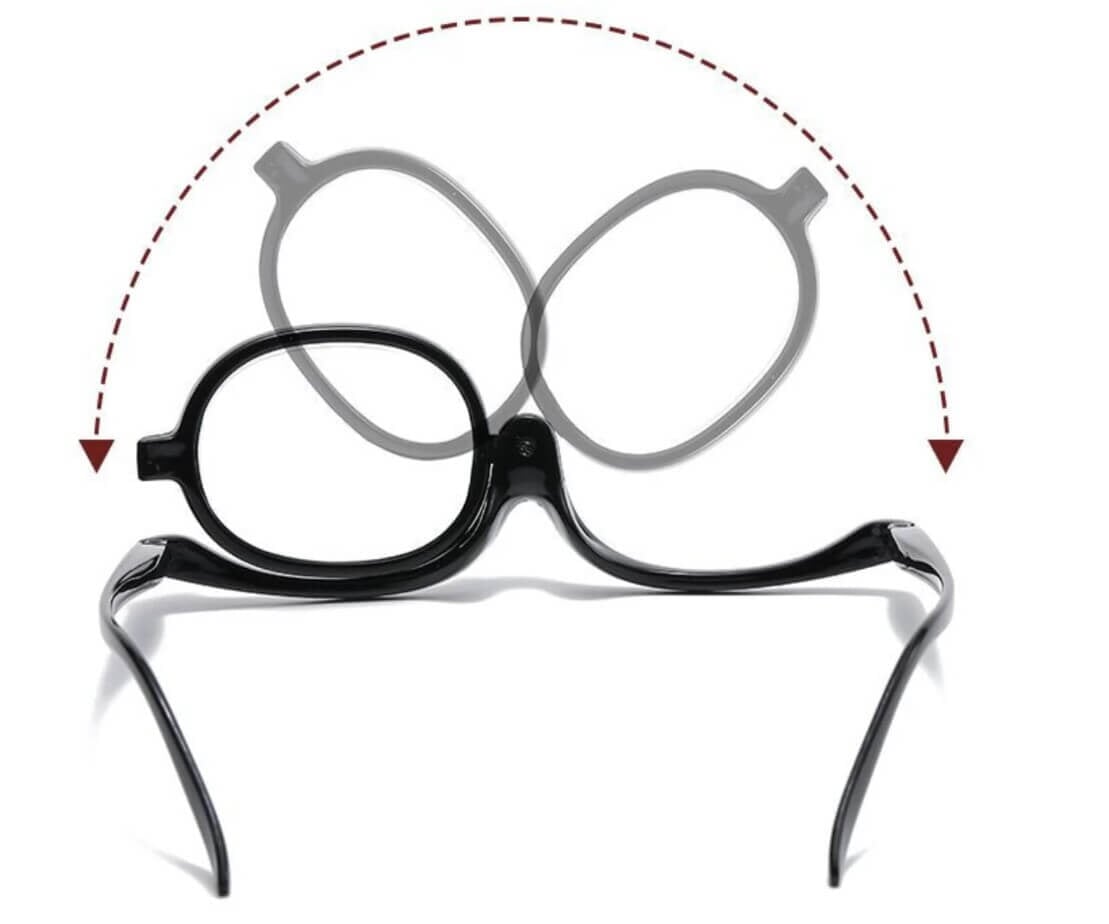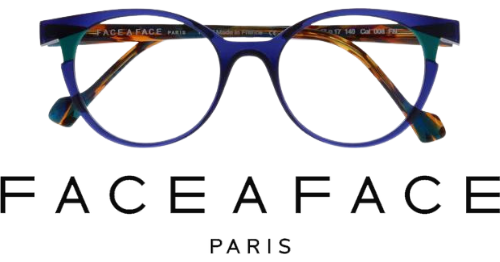Answering the question: Can children wear contact lenses?
When it comes to eyewear for children, contact lenses are a popular choice. These versatile vision-correcting options provide a plethora of benefits and can be a fantastic addition to your child’s eyewear wardrobe. While traditional glasses remain essential, contact lenses offer unique advantages, making them a smart choice for active kids or those looking for an alternative to glasses.
One of the foremost benefits of contact lenses is the freedom they provide. Unlike glasses, contact lenses don’t get in the way during sports and other physical activities, allowing children to move freely without worrying about breaking their frames or losing their lenses. Additionally, contact lenses offer a wider field of vision, which can be particularly beneficial for tasks requiring peripheral awareness. This can help boost a child’s confidence and performance in both academic and extracurricular activities.
However, it’s important to recognise that contact lenses come with their own set of responsibilities and risks. Proper hygiene and care are crucial to prevent eye infections and other complications. Parents should supervise and guide their children in cleaning and handling their lenses to ensure they maintain good eye health. While the thought of a child handling contact lenses might seem daunting, rest assured that with the right education and support, children can learn to manage them efficiently. In fact, we’ve successfully taught children as young as five to wear contact lenses confidently.

With the rise of the myopia epidemic, more children are now being fitted with myopia management contact lenses, such as Orthokeratology (Ortho-k) lenses or MiSight lenses. These options are designed to slow the progression of nearsightedness, providing not just vision correction but also a long-term treatment plan. Ortho-k lenses are worn overnight to reshape the cornea, offering clear vision during the day, while MiSight lenses are daily disposables that help manage myopia progression. These specialised lenses are part of an ongoing treatment plan, yet regular and part-time wear contact lenses are still available for children who don’t require myopia management.
In conclusion, contact lenses can be a valuable addition to your child’s eyewear collection, offering flexibility, improved vision, and confidence. While they don’t replace glasses, they provide a complementary option that can enhance your child’s daily experiences. Whether for myopia management or regular vision correction, the right contact lenses can help your child see the world clearly and comfortably.



























